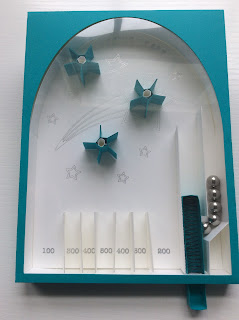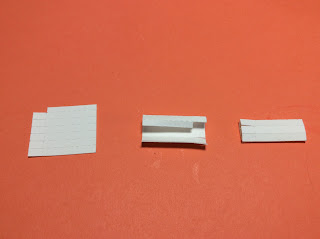Picasso created many great drawings and his "One-Liners" are a whimsical side of his work that is fascinating to recreate in TurtleStitch. With one continuous flowing line, Picasso takes us on a journey across the page. Following the line from beginning to end, meandering across the page with a series of curlicues, subjects such as animals, circus performers, jazz musicians and a variety of other performers are created. Picasso drew multiple versions of his subjects which indicates his pleasure of drawing these permutations. He most likely drew these designs for his own amusement. The "One-Liners" show his pleasure of discovering the power of the line.
I have included two methods of tracing the "one-liners". They are both TurtleStitch programs whereby keyboard commands are typed and the movement of the mouse creates the path that will be embroidered. The first is a simple program which allows the image to be traced without any modifications. The image needs to be exported once the tracing is completed. The second version of the Picasso “one-liner” tracing program is more complicated. This vector tracing program stores the x and y coordinates of the cursor and a boolean indicator of whether the pen is in the up or down position (jump stitches). This vector tracing program was developed by Jagda Huegle. I added additional capabilities to the code. The additional code allows for the image to be scaled, flipped and mirrored. After the program records all of the data, the table is saved. This allows the data to be retrieved when the TurtleStitch program is opened again.
These TurtleStitch programs are meant to be organic programs where the exact tracing of Picasso's "One-Liners" is not intended. Please follow in Picasso's footsteps, but make them your own.
I copied Picasso's "Rooster", 1918 from the book, Picasso's One-Liners by Susan Grace Galassi. Using the Silhouette software, I centered and resized it on an 8 1/2 in. x 11 in. media page.
I determined that the maximum image size for the TurtleStitch stage area is approximately 3 1/2 inches in height x 4 1/2 inches in width. I resized the image in the Silhouette software to accommodate this TurtleStitch constraint. The image cannot be resized once it has been added to the stage area in TurtleStitch. I then saved the image as an SVG using the Silhouette software. (Please note that Designer Edition or higher is required to export SVG's in Silhouette.) The image could be exported as a PNG or a JPEG file. However, the image was too small and blurry in TurtleStitch with the default parameters from the Silhouette program.
1). Move the cursor to where you want to start.
2). Press the number "0" to clear the screen.
3). Press the space bar to start the drawing. By moving the cursor, stitches are created. Continue moving the cursor to the complete the one line drawing.
4). When completed, press the letter "s" to stop recording the position of the cursor.
5). Export the design using the file type needed for your embroidery machine.
Vector Tracing Program
Open the vector tracing program called "Draw a Picasso One-Liner That Can Be Saved, Resized, Flipped or Mirrored" https://www.turtlestitch.org/users/Elaine/projects/Draw%20a%20Picasso%20One-Liner%20That%20Can%20Be%20Saved%2C%20Resized%2C%20Flipped%20or%20Mirrored
1). Move your cursor to the stage area and press the number "0" to initialize the turtle to the center of the screen
2). Press the letter "u" to move the cursor, without drawing, to the place that you want to start tracing. Press “u” again to make a jumpstitch to this location.
3). Start tracing by moving the cursor and then pressing the space bar. The last stitch can be deleted with the letter "r" key if needed.
4). Press the letter "e" to end the tracing.
5). Export the design using the file type needed for your embroidery machine.



















































